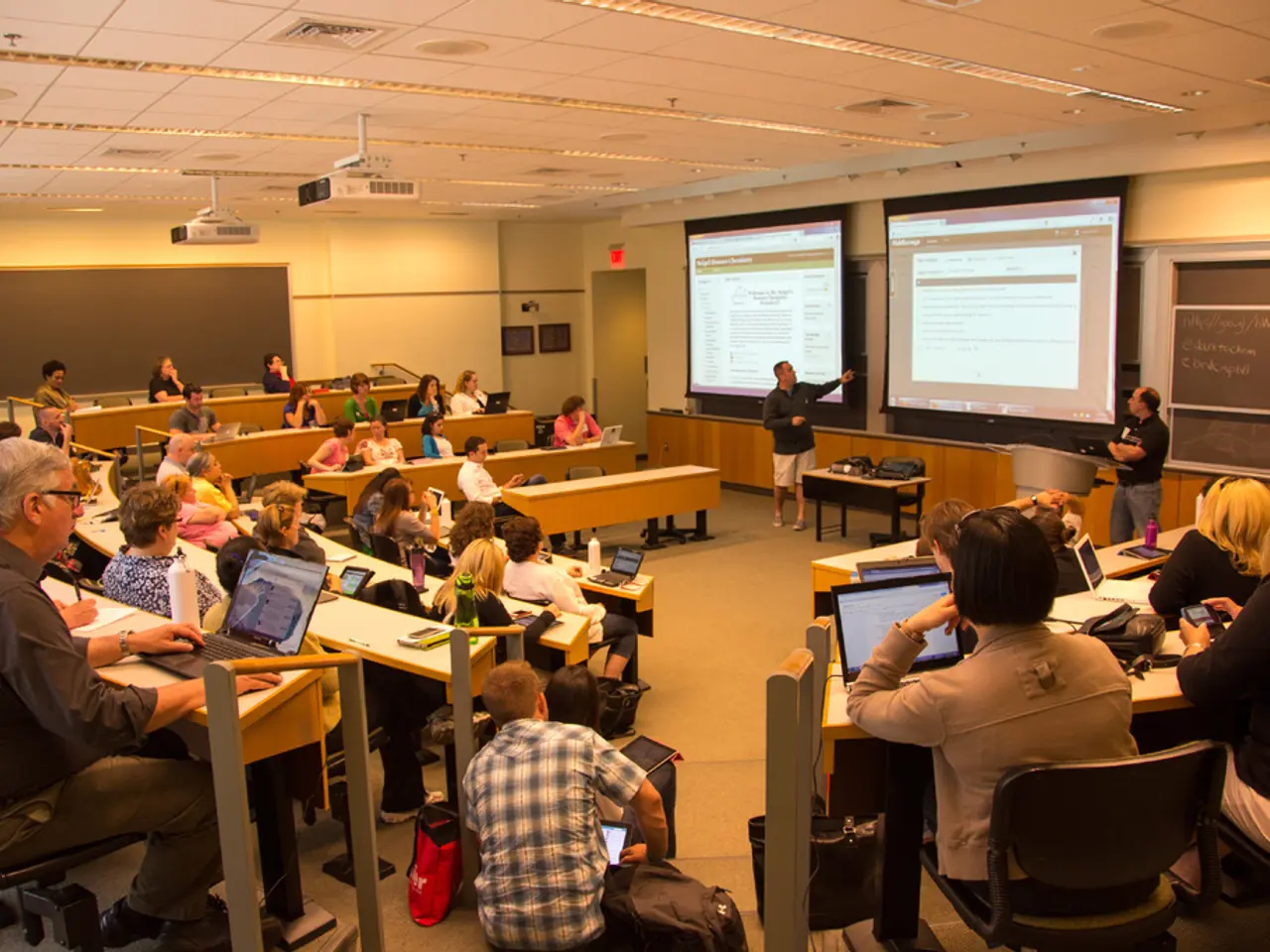Record-low number of Bafög beneficiaries documented in 2024, marking the first time since the year 2000.
Decrease in BAföG Recipients and Support Amounts in 2024
In a notable shift, the number of BAföG recipients in 2024 has decreased by 4% compared to the previous year. This decrease is primarily due to eligible students not applying for the aid, according to recent studies. Factors such as lack of awareness or trust issues regarding the BAföG system are believed to be influencing this trend.
Despite the decline in recipients, the average support amounts for students and pupils in 2024 have not been explicitly stated in the available data. However, it is known that BAföG support typically combines grants and interest-free loans, with amounts varying based on individual circumstances. For full-time students, the monthly support can range between 400 and 850 euros, while the figures for pupils are not detailed.
In 2024, the number of BAföG recipients reached its lowest level since 2000, with 612,800 recipients in the previous year, a decrease of 22,800. The majority of these recipients were under 25 years old, and most did not live with their parents.
The average monthly amount received by BAföG beneficiaries in 2024 was 635 euros, a slight decrease from the previous year's average of 640 euros. The distribution of gender among recipients remained similar to previous years, with women accounting for 59% and men accounting for 41%.
Interestingly, the majority of BAföG recipients in 2024 were students (483,800), while a significant portion were pupils (129,000), making up 21% of the total. Federal spending on BAföG support in 2024 was 3.1 billion euros, a decrease of 9% or 316 million euros compared to the previous year.
However, the article does not provide information about changes in the number of recipients, the total amount spent, or the percentage decrease in spending compared to the previous year. Additionally, the article does not provide information about the number of recipients who live with their parents but attend school elsewhere.
In conclusion, while the number of BAföG recipients and the average support amounts in 2024 have decreased compared to previous years, the exact figures for these changes are not detailed in the available data. The trend of eligible students not applying for aid is a significant factor contributing to the decrease in recipients.
In light of the decreasing BAföG recipients in 2024, there might be a need for community-wide initiatives to increase awareness about available vocational training programs as a means of financial support during education-and-self-development phases. This could potentially encourage more eligible students to apply for aid in the future. Furthermore, to sustain the quality of vocational training and enhance its impact, it would be necessary to allocate adequate funds, ensuring the continuation of effective programs.




